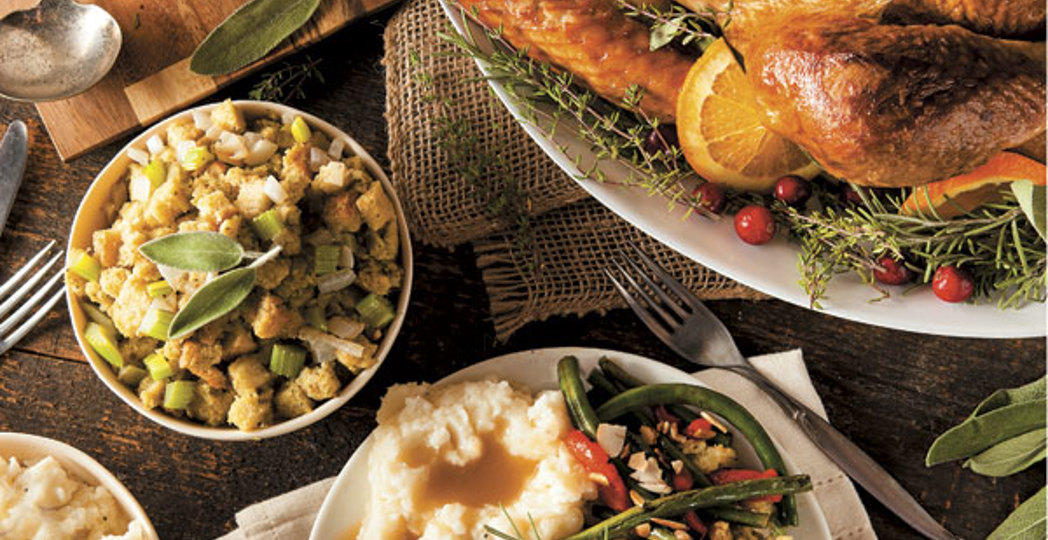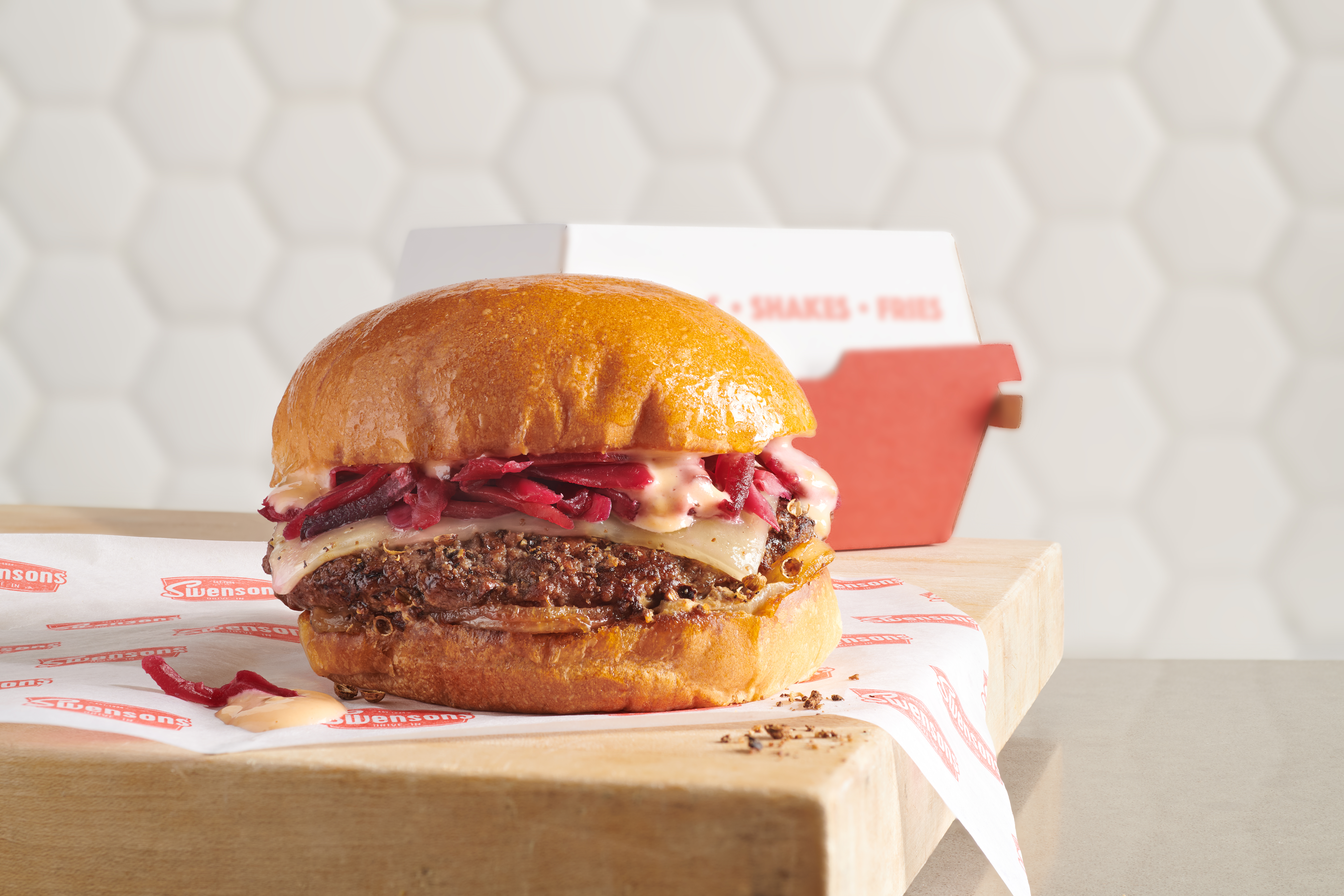Rule The Roost With Our Guide to Creating the Ultimate Thanksgiving Day
by Ruth Corradi Beach | Nov. 15, 2016 | 4:00 PM

Roast a Turkey
Trevor Clatterbuck’s Fresh Fork Market sells more than 1,200 turkeys every November, so he knows a thing or two about making sure your meal’s main dish is as juicy as possible.
Find your bird Most turkeys you find in stores are the common Broad Breasted White, which are bred to grow fast and yield a lot of breast meat. But it’s the dark meat that’s moist. “A heritage turkey, like a Standard Bronze, is a turkey like you’d find in the woods,” he says. “Those have more dark meat and are more moist.”
Brine your bird Get started on Tuesday with a cup of salt per gallon of water mixed with equal parts maple syrup and apple cider vinegar or lemon juice added to taste. “The brine is chemically cooking the food so it can trap moisture in,” he says. After 24 hours, pat the turkey dry with a towel and place it in the refrigerator, uncovered on a cookie sheet. “This allows the skin to dry up. Now you’ll get a good crispy skin.”
Cook the bird On Thursday, rub the turkey’s skin with butter or oil and stuff its cavity with herbs — not stuffing. Roast it in a 400- to 425-degree oven for 20 minutes to get crispy skin. Then reduce the heat to 325 degrees. “Take out the turkey when it’s 158 to 160 on a meat thermometer,” Clatterbuck says. “It will continue to cook as it sits, until it’s 165 at the thickest part of the meat.”
Don't Pass on the Gravy
To ensure your gravy is silky smooth, make a slurry of equal parts by volume of cornstarch and cold water — always cold water — and add it to boiling stock.
Get Creative with Stuffing
“Stuffing is really bread pudding,” says Anthony Scolaro, co-owner and executive chef at 111 Bistro. “If you think of it that way, the possibilities are endless.” Mix things up with these ingredients.
Sausage “If you can find a good local sausage, you can’t go wrong,” says Scolaro. “Generally, you can get Italian sausage in bulk. Treat it like ground beef: Brown it up in a pan. Reserve the fat and use that in the stuffing as well. That’s all flavor. The sausage gives the bread a sort of seasoned saltiness.”
Olives “Olives are a great way to add seasoning throughout the stuffing without having to add a lot of salt content,” says Scolaro. “They pair very well with herbs and fall is notorious for herbs: thyme, sage, rosemary, a whole melange of herbs. Chop them up, saute with herbs, garlic, onion, shallots, and add them to the mix.”
Fruit “Pair fall fruit — diced apples, quince, pear — with something savory — dried fruit like cranberries or goji berries,” he says. “The different mix of fresh and dried gives it a nice texture. Don’t cook any of these ahead of time. The dried fruit is going to hydrate, so it will be a nice texture when it’s done, and the fresh fruit will still have a bit of a crunch.”
Perfect Your Potatoes
DO: Boil potatoes until soft. “I like to drain them in a low oven to get some moisture out,” says Karen Small, owner and executive chef at Flying Fig.
DON’T: Mix your milk, butter and potatoes at different temperatures. “The trick is getting the milk, butter and potatoes together while they’re all hot,” says Small. “Otherwise, the cold and the warm together is what creates gluiness.”
DO: Use a hand mixer. “If everything’s nice and warm when combined, your mashed potatoes won’t be gluey,” she says. “Just lovely and creamy.”
Make Room for Green Beans
“They were always on our table if my mom was doing Thanksgiving dinner,” says Small. “I get the thinnest I can find. Bring a pot of water to boil. There should be lots of rolling water and lots and lots of salt — it should taste like the sea. Drop the beans in. As soon as they turn bright green, start testing for doneness. It’s about a 5-minute process. Then drain and toss with butter, almonds, parsley, shallots and a bit of breadcrumbs mixed with Parmesan.”
Rethink that Relish
Go with fresh cranberries and add diced apples, pears or peaches to a small pot. Throw in vinegar for some acid and honey or maple syrup for some sweetness. Cook it down to a compote.
Trending
-
1
-
2
-
3
-
4
-
5










